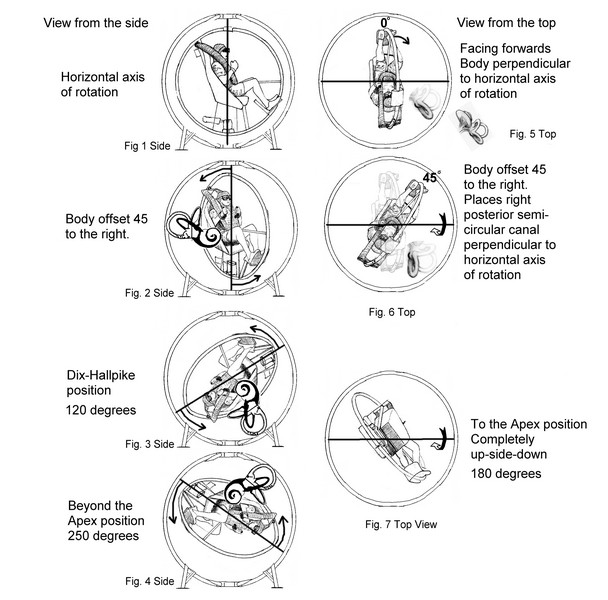Manevr Epli Video

Feb 1, 2016 - Use this video to guide you through the epley maneuver at home! This is a great technique to use for benign paroxysmal positional vertigo. The Epley maneuver or repositioning maneuver is a maneuver used by medical professionals. Video demonstration – 'Epley maneuver' (no sound) (0:40 Flash Video); Video demonstration – 'Epley's maneuver' (with narration) (0:45 Flash.
This post is the most comprehensive (yet easy to read) guide to Epley Maneuver you could find. We have done a lot of research and collected the most important pieces of information about this effective and simple exercise that is capable of solving your vertigo problem once and for all. Even though it's pretty easy to perform, there is enough information that would complement your treatment - supporting tips and facts which can be useful for you to create a 'full picture' in your mind. As a bonus, you will find a great infographic at the end of this post describing every little detail of the exercise. We hope you will be satisfied with this article and leave with no questions - ready to heal your BPPV.
Note: full step-by-step info-graphic describing every detail of performing Epley Maneuver is at the bottom of this post. If you’ve ever experience bouts of vertigo when you make certain head movements, such as getting out of bed or rolling over in bed, you may be suffering from a condition called benign paroxysmal positional vertigo (BPPV).  This condition can be frustrating to deal with and can drastically affect your quality of life.
This condition can be frustrating to deal with and can drastically affect your quality of life.
Explaining Benign Paroxysmal Positional Vertigo (BPPV) Vertigo is a type of dizziness, which is defined as the illusion of movement that is the result of a mismatch of information between your visual, vestibular, and proprioceptive systems. Vertigo is categorized as either central or peripheral. Generally, central vertigo is usually more serious and peripheral vertigo is more benign in nature. Estimates have shown that between 45% and 54% of patients that go to their doctor with the complaint of dizziness are diagnosed with vertigo and benign paroxysmal positional vertigo (BPPV) is reported to be the most common cause vertigo. BPPV is caused by (small particles of calcium, sometimes referred to as otoliths).
These otoconia are ordinarily attached to the utricle membrane in the ear. Trauma, aging, and infection can cause the otoliths to detach from the utricle. Image shows of displacement of otoconia However, in approximately 50% of cases, the underlying cause is unknown (idiopathic). Once the otoliths become detached, they accumulate within the semicircular canal. The canal is the most commonly affected canal, followed by the lateral (horizontal), and rarely, the superior (anterior) canal.

Head movement cause the otoliths to trigger receptors in the semicircular canal that send faulty signals to the brain resulting in vertigo and nystagmus (abnormal eye movements). There are of BPPV, and it’s important to distinguish between the two as treatment varies: • Canalithiasis • loose crystals move freely in the fluid of the semicircular canal, • takes less than 60 seconds for the crystals to stop moving after a change in head position has triggered the vertigo, • once the crystals stop moving, the nystagmus and vertigo stop. • Cupulolithiasis • crystals are believed to be stuck on the nerve bundles that sense movement of fluid, • the nystagmus and vertigo continue until the head is moved out of the position that has triggered the episode. Statistically, BPPV tends to afflict women twice as often as men, and individuals are often affected during their 40’s and 50’s – with 49 years being the mean age of symptoms onset.